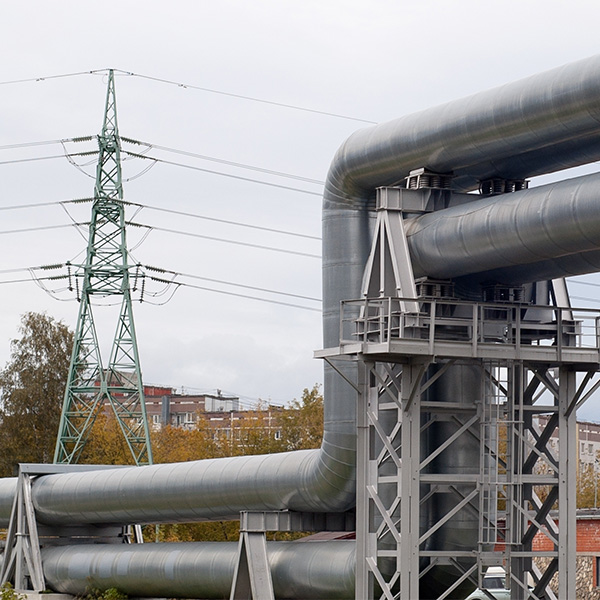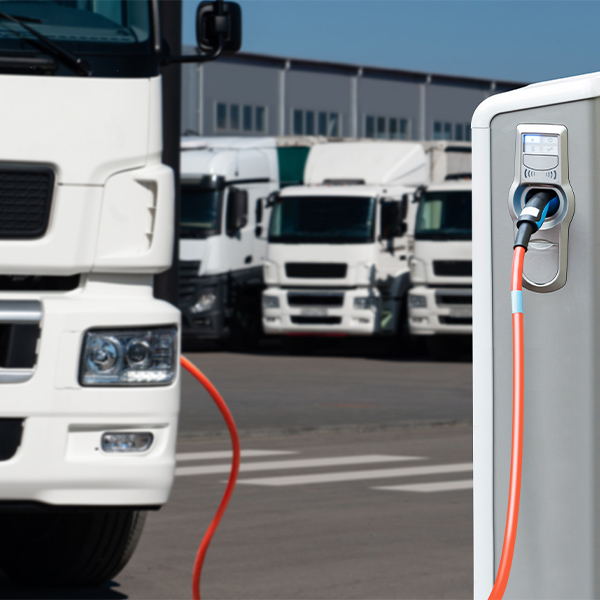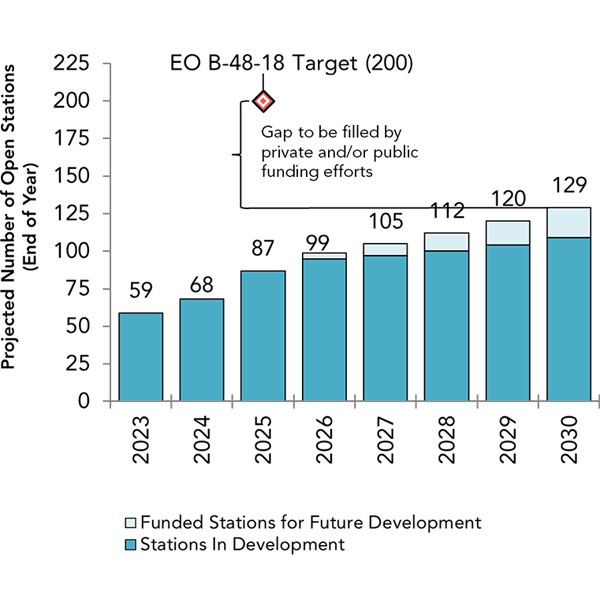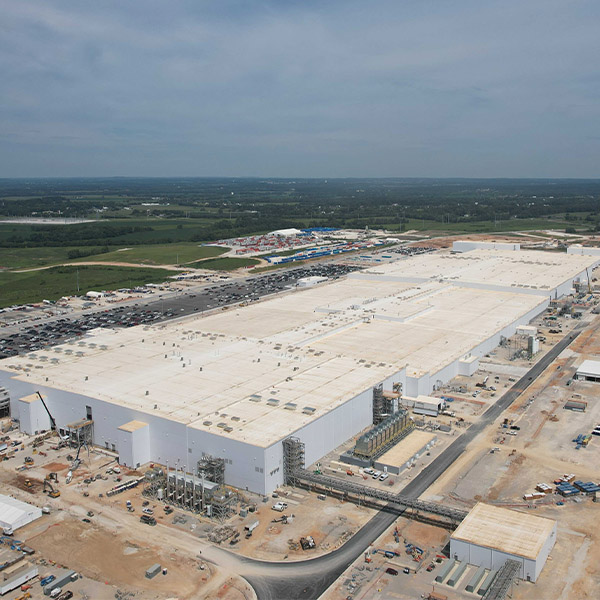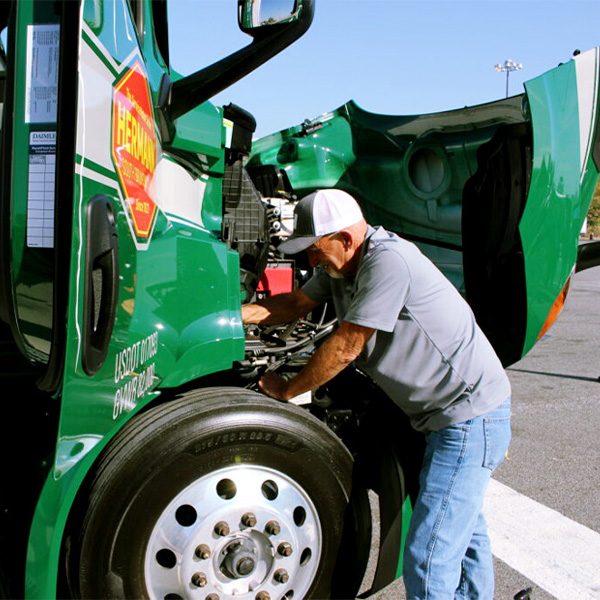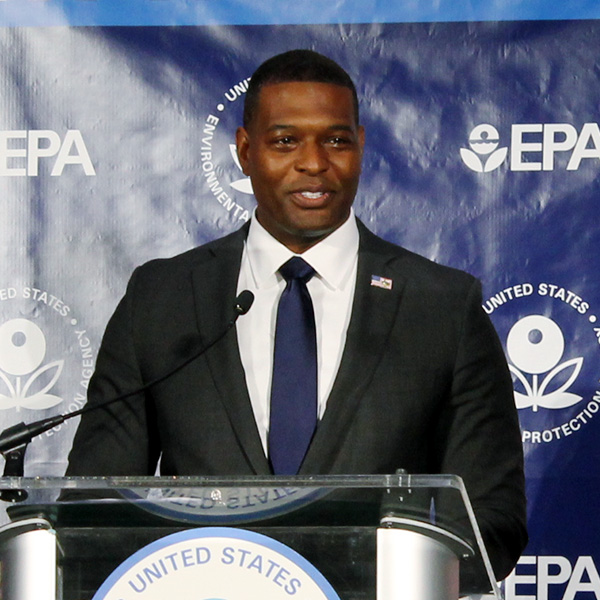Transportation Decarbonization
Airplane DecarbonizationEV chargersHeavy-duty vehiclesBattery Electric Buses (BEB)Fuel Cell Electric Buses (FCEB)Light-duty vehiclesBattery Electric VehiclesFuel Cell VehiclesPlug-in hybrid electric vehiclesShip electrificationClean Ports
President Trump's executive orders on energy are not enough on their own for the industry to meet the rising demand for AI and data centers, and experts say another attempt at permitting reform is needed.
Minutes after he was sworn in as 47th president of the United States, Donald Trump signaled his intention to rapidly increase production of oil and gas.
New Jersey Gov. Phil Murphy and the Board of Public Utilities are pushing ahead with ambitious clean energy plans even as they face the reality of President-elect Donald Trump, a fierce skeptic of clean energy, taking office.
California regulators have withdrawn their request for federal approval of a statewide ban on diesel truck sales after 2035, saying they’ve run out of time before President-elect Donald Trump returns to the White House.
Rather than expanding its network of light-duty hydrogen-fueling stations, California lost three stations last year, casting doubt on the state’s ability to meet a 200-station goal, a new report found.
The grants represent the second round of funding from the IIJA’s $2.5 billion Charging and Fueling Infrastructure program.
New Jersey in 2025 faces the added uncertainty of a likely contentious governor’s race to replace clean energy champion Gov. Phil Murphy and his release of a new energy master plan.
DOE’s Loan Programs Office announced billions of dollars in loans for two joint ventures of car and electronics manufacturers aimed at building out a domestic battery supply chain and accelerate the rollout of new electric vehicles.
A New Jersey Assembly committee unanimously backed a two-year delay in the implementation of the state’s Advanced Clean Trucks regulations.
Just weeks before President-elect Donald Trump returns to the White House, the Biden administration has given California permission to enforce rules that require all new cars sold in the state to be zero-emission by 2035.
Want more? Advanced Search
